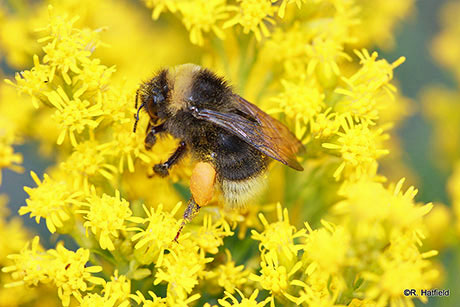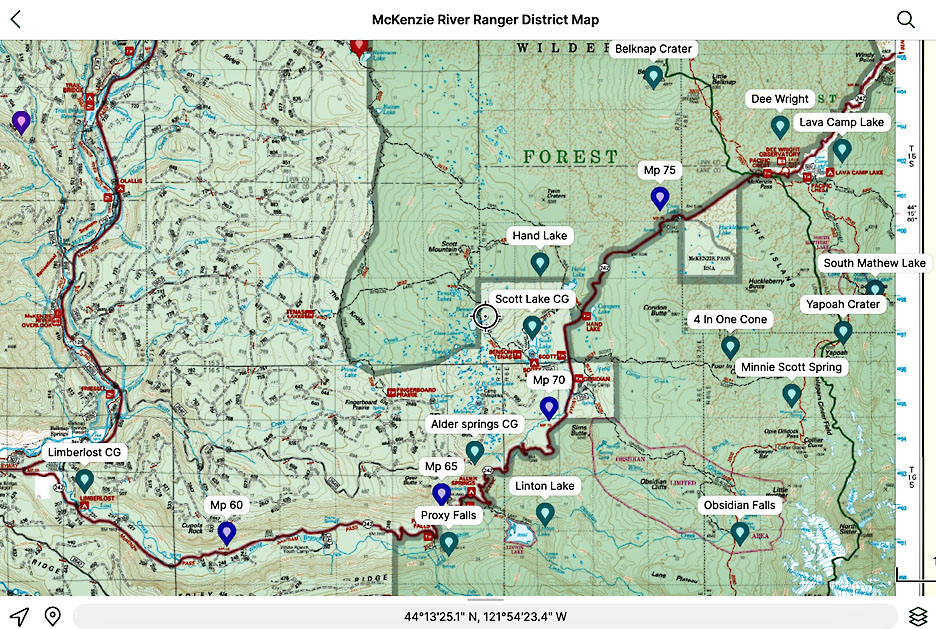| HOME | PROTECTION | NATURE | PLAN YOUR VISIT | FAQ | JOIN/DONATE | ABOUT |
 |
| Typical Forest Service kiosk. Our mileage may vary. |
Kiosk progress Things sure move slowly. But with persistence, they do move. Ever since the Forest Service announced their Reimagine Recreation initiative, we have been all in. Submitting unsolicited suggestions. Attending FS webinars. Developing pilot projects to figure out and demonstrate how to Reimagine recreation. And it is working. Following our submission, high level FS staff responded, requesting more information. Six of the ~50 nationwide grassroots webinar participants were from the little ole.’ Sweet Home district. Best of all, irreversible progress is being made on our first pilot project - an informational kiosk explaining the biology, geology, ecology of the forest and how the Forest Service manages our (your) public land. We all want to save the world. How does a kiosk save the world?
Of course, these things don’t succeed on their own. I will keep you informed on our progress and occasionally ask you to write letters of support to the Forest Service. Forward together! |
Douglas-first National Monument, Naturally Bumble Bees Bee! Yikes! Calm down. That bee isn’t out to hurt you. Bumble bees are relatively docile, just going about their business. Of course, if you threaten it, it may sting you, as a last resort. Like most critters in the forest, bumble bees play an important role in the ecosystem. Their role is to pollinate many of the wildflowers therein. Specifically, they are the primary pollinator in the late summer and fall in subalpine meadows. That’s where our bears get the berries that help them make it through their winter hibernation. And all the other mysterious functions that go on, unseen, in the forest. Here in the Pacific Northwest, bumble bee surveys have found 25 different species |

Western bumble bee |
Unfortunately, the Western bumble bee nearly went extinct and it is now difficult to find them in bumble bee surveys. Why? The usual suspects: the decline in diversity of native plants. Bumble bees need the rotating presence of pollen and nectar plants over the entire blooming season to do their magic. Also, climate change. The relatively large bumble bee body is adapted to colder weather. Can it move north as the temperature warms here in the Oregon mountains? Will it even know to head north in time? Will the wildflowers go along fast enough? What else will need to happen to support the bumble? While our science has uncovered a lot about how the natural world works, much more is still unknown.
“Save the trees” is a common cry of nature lovers. Indeed. And save all the plants, lichen, mushrooms, wildflowers, birds, bees, butterflies, mammals and all the other critters that have evolved over the eons to work together to make the functioning forest. Of course, that is what our proposed Monument is intended to do. For more information about bumblebees, go here: |
Prez sez:by David Stone, President, FDFNM |
|
I know you receive many emails pleading with you to take action on various urgent causes. Lord knows many threats to our interests abound - environmental degradation, racism, war, limits to women’s choices. And so much more. |
Get Out!
This road provides access to a number of high quality sites. Try Proxy Falls early in the season when the water is running highest. Obsidian Falls is a good all-day loop hike. It is so popular, that a permit is required even for a day hike. Contact the McKenzie Ranger District here: 541-822-3381, for information about obtaining a permit. |
|||
 |
"Those who dwell among the beauty and mysteries of the Earth are never alone or weary of life." |
| Contact us: |
|
by email |
Mail: | Friends of Douglas-fir National Monument P.O. Box 7174 Springfield, OR 97475 |